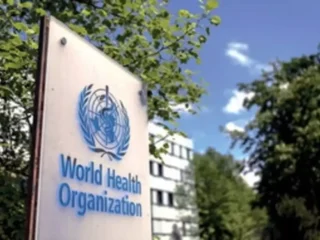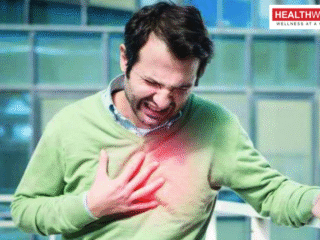- Hypoxia is a form of oxygen deprivation caused by hypoxemia, which occurs when there are low oxygen levels in the blood.
- In the case of hypoxia, body tissues beginning run low on oxygen, which can result in infections and tissue damage.
- A 2011 study from Massachusetts General Hospital found that approximately seven percent of patient experience a ‘hypoxemic event’ and 3.5 percent had a ‘severely hypoxemic event’ lasting two minutes or longer.
- Hyp can occur without much warning and, without oxygen, your heart, liver, brain and other organs can be damaged within minutes.
Doctors are noticing a worrying trend in COVID-19 patients: Their blood oxygen saturation levels are extremely low, indicating they aren’t getting enough oxygen to their lungs. Yet they’re showing no signs of breathlessness.
Physicians say coronavirus patients are suffering from life-threatening oxygen drops while in the emergency room that can lead to their death.
Dr Richard Levitan, is an emergency medicine practitioner at Bellevue Hospital in New York City, and has been teaching other medical professionals how to intubate and use ventilators for at least two decades.
But, in an op-ed for The New York Times, he wrote that he saw an interesting phenomenon in COVID-19 patients with pneumonia.
Some of the coronavirus patients Dr. Levitan saw with pneumonia had blood oxygen saturation levels as low as 50%, proving how “silent” silent hypoxia really is.
Dr. Levitanwas seeing patients that had lungs filled with fluid or pus, but they weren’t struggling to breathe until the day they arrived at the hospital.
It may be a talking point right now, but silent hypoxia isn’t a new phenomenon. “It’s been seen in high altitude sickness,” says Vandana A. Patel, MD, FCCP, a clinical advisor for the online pharmacy Cabinet.
A near-normal blood oxygen saturation level is more than 90%, with 94-100% considered normal, explains Dr. Patel. If a patient registers a number lower than this, the brain might not get the oxygen it needs, leading to confusion and lethargy. If the level drops as far as the low 80s, there’s a real danger of damage to vital organs and even death.
“Any condition that causes damage to the lungs can cause it, although it’s more common in chronic conditions like COPD (chronic obstructive pulmonary disease) and pulmonary fibrosis, where the lungs are chronically damaged, than in pneumonia.”
In many COVID-19 cases, the virus silently causes injury to air sacs in the lungs. “The coronavirus affects the air sacs and causes pneumonia, which leads to impairment in the diffusion of oxygen through its membrane,” says Dr. Patel. “Initially the lungs remain compliant and can expel carbon dioxide, so people cannot feel any sensation of being breathless.”
Even without widespread at-home oxygen monitoring, doctors are now starting to differentiate between patients who have low oxygen levels and who are working hard to breathe, and those who have low oxygen levels but are breathing without distress.







